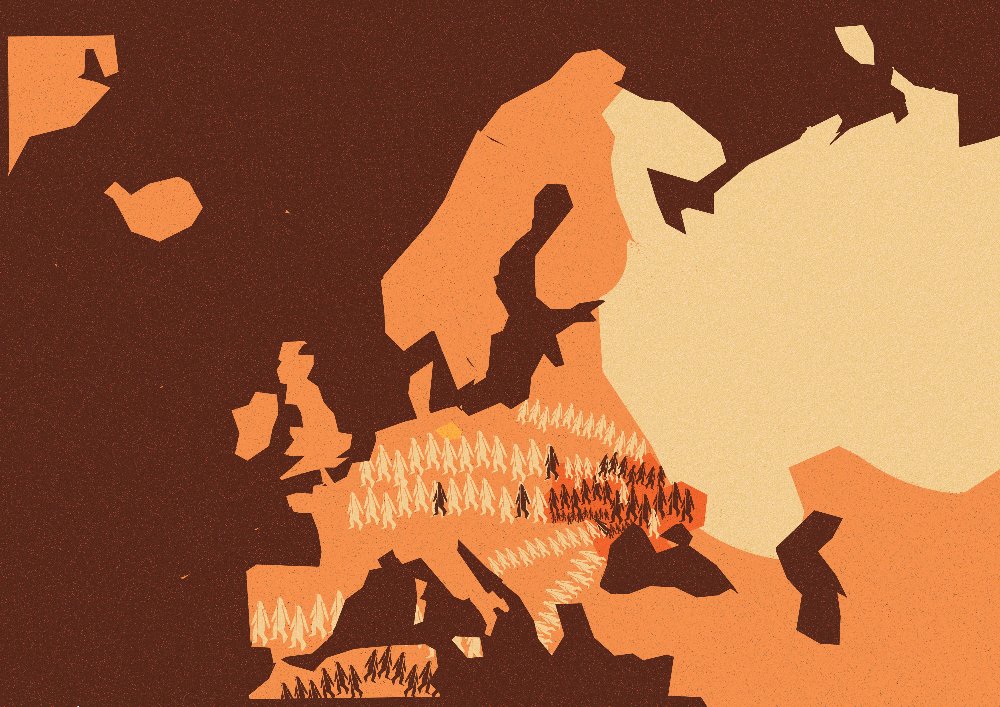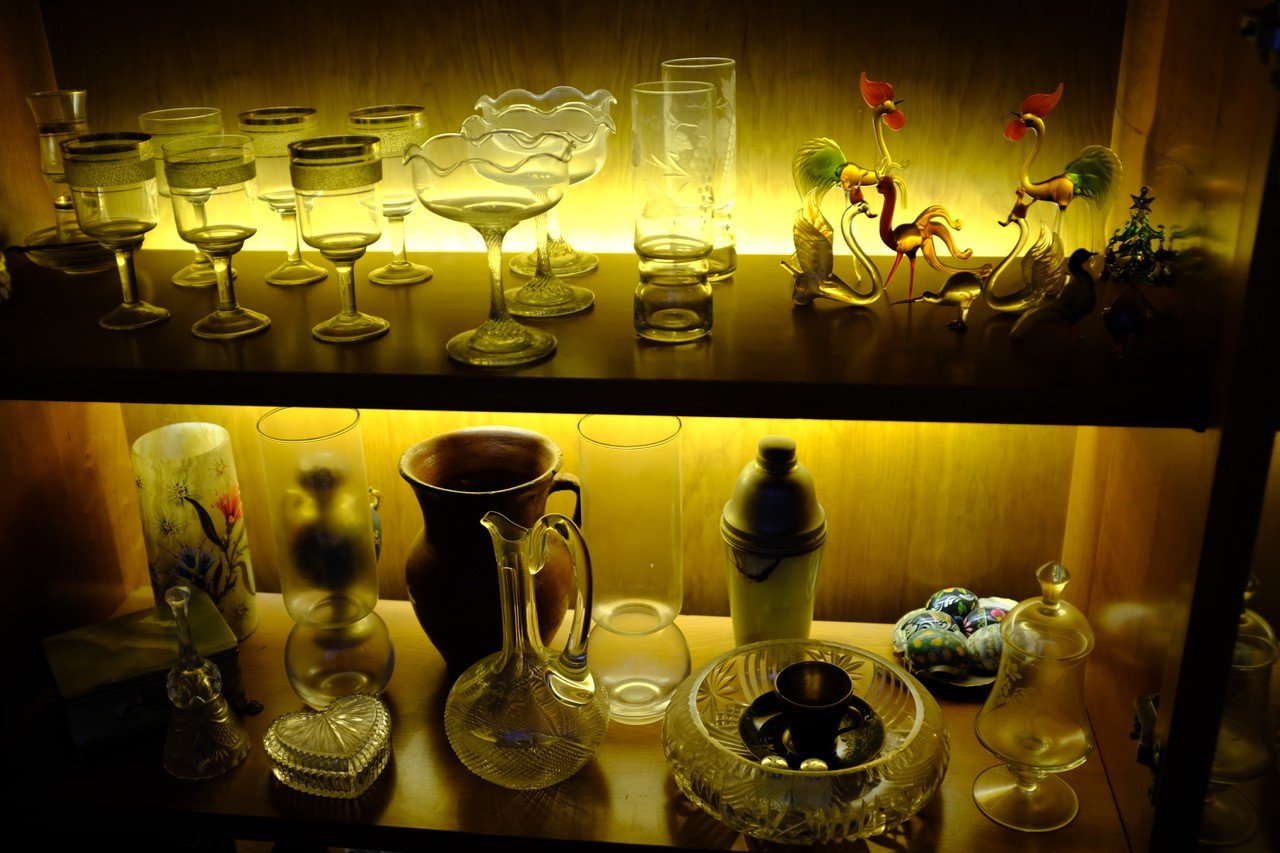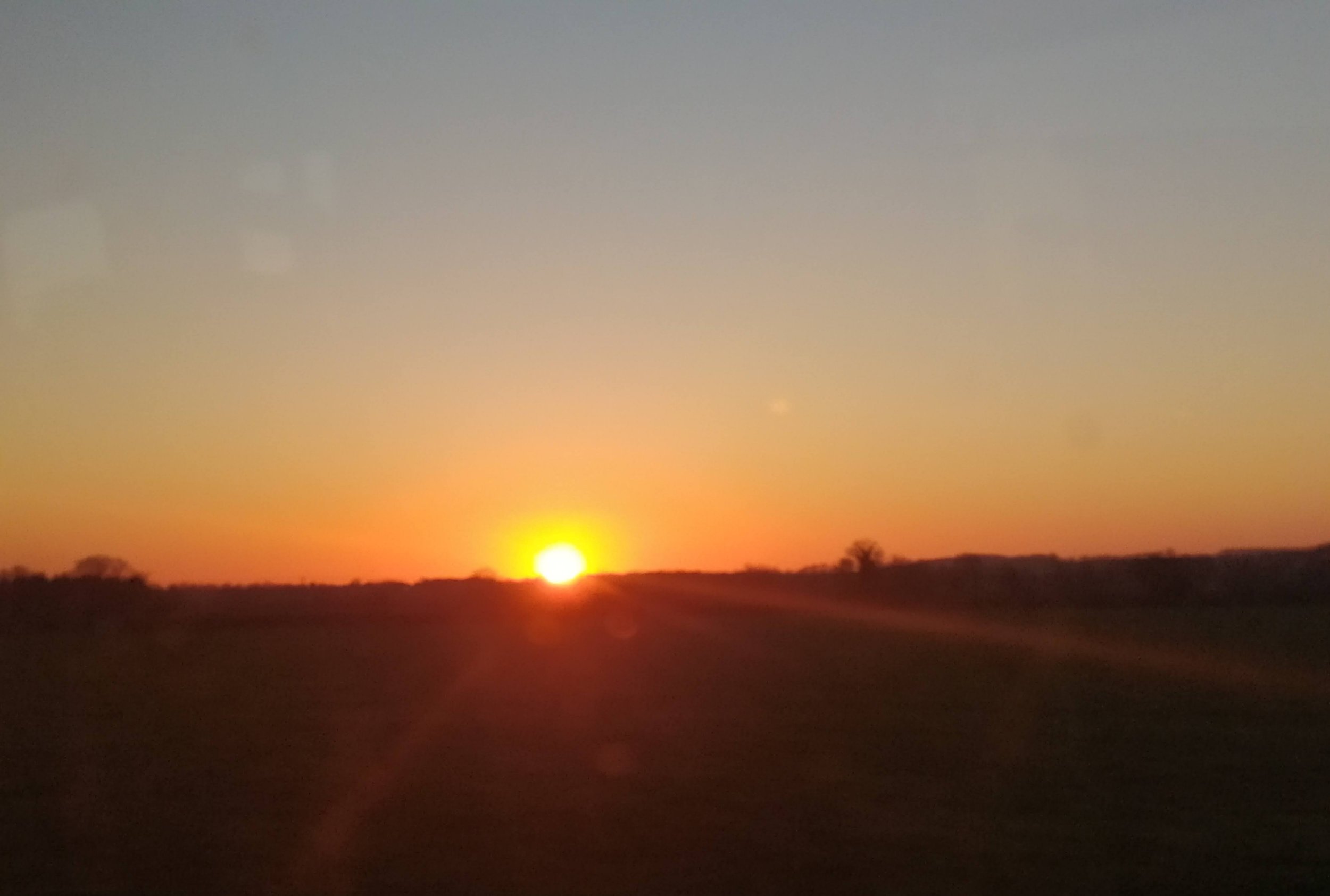A time of hopeful anticipation
/By Ruth Bradshaw:
The park is deserted at this hour, the café closed and the playground empty. The dog walkers and joggers are still sleeping. It is that time after the coldest, darkest part of the night has passed but before the sun has risen. A faint glimmer appears on the horizon and my nervousness at being out alone in the unpeopled early morning is gradually replaced by a sense of anticipation. The darkness will soon be gone. Dawn is here and the sunrise I’ve come to see will not be far behind it.
The only sign of human life is the faint sound of distant traffic and even that recedes when I reach the top of the hill where there is more tree cover. Here it is tranquil but still far from silent. The birds make this space their own with a rush of notes that feels more of a competition than a chorus and, as the light slowly increases, they grow louder still. It is impossible for my inexpert ear to distinguish most of the individual voices, but I recognise blackbirds and robins and hear the occasional cawing of crows accompanied by the shaken cloth sound of their wings flapping. I can only guess at the rest, but I decide that today it matters not what all these birds are, only that there are so many of them singing.
As it grows bright enough for me to make out traces of the hilly fields and meadows which the park replaced, it is not difficult to imagine that a line of taller trees could mark an ancient boundary. I walk over and lean back against the nearest of these with my eyes closed. It is a mature lime tree, its bark ridged and furrowed with age and experience. The sound of the wind in its leaves is so like gentle rainfall on dry ground that when I open my eyes, I expect to see a soft rain falling.
At this time of half-light, half-night, nothing is quite as it first appears, and the past feels closer. It is the time before this landscape was farmland that I can sense most strongly. In the twilight it is possible to replace the parkland limes and chestnuts with the woods of coppiced oak and hornbeam that covered this part of London for centuries. I think of the sights, sounds and smells of that woodland - the calls of turtle doves and cuckoos, the rich scent of wild garlic, the orchids and helleborines growing among a multitude of other plants - all long since lost to this place.
If I were a visitor in one of those earlier centuries, it would have to be necessity rather than curiosity that brought me here at this hour, something that made me desperate enough to risk the dangers of the woods at night. For even after the wolves, bears and lynx were gone, there was still the threat of robbery or worse. Perhaps I am here to search frantically for firewood to heat food for an ailing relative? Or maybe it’s to find the herbs I need to cure that relative using a knowledge of plants taught me by my mother just as she learnt it from hers. I’m sure I would know that when I find the right plants, I should take only as much as is needed so plenty are left to grow for future use. But would I stop for a moment to appreciate the wildflowers and birdsong on this fine Spring morning? Or would this experience be so commonplace and my fear so great that I would hurry home without paying them any attention?
The high-pitched screech of a ring-necked parakeet returns me to the 21st century. I am thankful that my survival is no longer dependent on what I can gather from the woods. But I am sad too that I do not have the knowledge needed to do this anyway and sadder still that I will probably never experience a springtime woodland with quite such a variety of sound and beauty as that earlier visitor. My greatest sadness is that I live in a time and a society whose untamed desires have so changed the world, that the future of many species, including my own, is now uncertain. Even now we understand the damage we are doing to the world we don’t seem to be capable of taking only what we need. We must always have more.
As the light grows, I think of what the future holds for this area. This is not as easy as picturing its past. Not because I cannot guess the impacts of the storms and droughts that already arrive with increasing frequency but because it is too painful to contemplate the uprooted trees and withered plants they will leave in their wake. I know I cannot ignore those threats but, as a new day starts, I focus instead on how green and vibrant the horse chestnut leaves look when backlit by the rising sun.
***
Ruth Bradshaw works in environmental policy and has been a regular conservation volunteer for over a decade. She is currently writing a book about the value of urban wildlife which draws on both her professional expertise and her volunteering experiences. Her essay ‘Stories of Co-existence’ was recently shortlisted for the Future Places Prize and her creative non-fiction has also been published in a variety of websites and journals including Canary LitMag, The Clearing and The Selkie. When not writing or working, she can often be found in the woods near her home in South London and occasionally on twitter @ruthc_b









